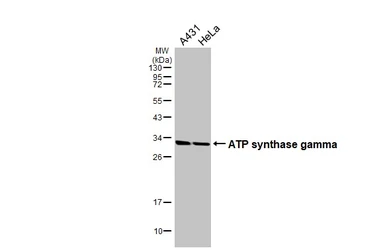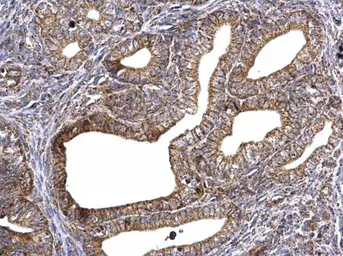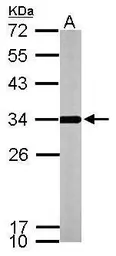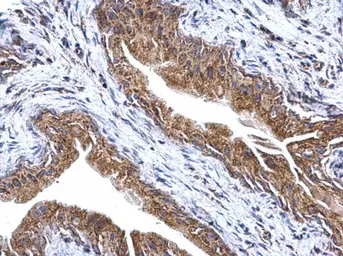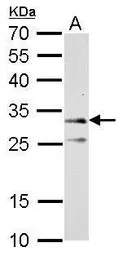ATP synthase gamma antibody
Cat. No. GTX114275
Cat. No. GTX114275
-
HostRabbit
-
ClonalityPolyclonal
-
IsotypeIgG
-
ApplicationsWB IHC-P IP
-
ReactivityHuman, Mouse, Rat, Zebrafish

